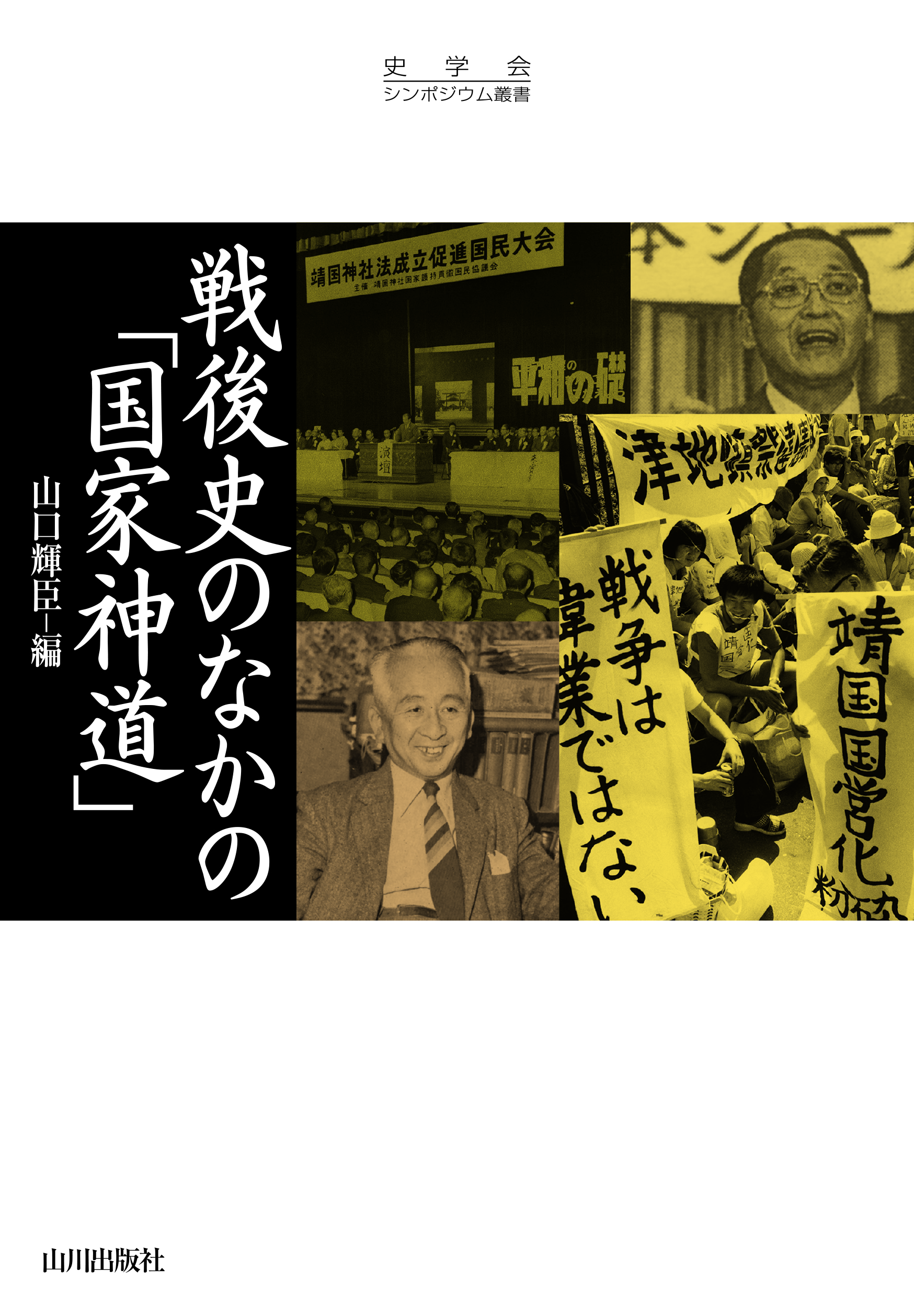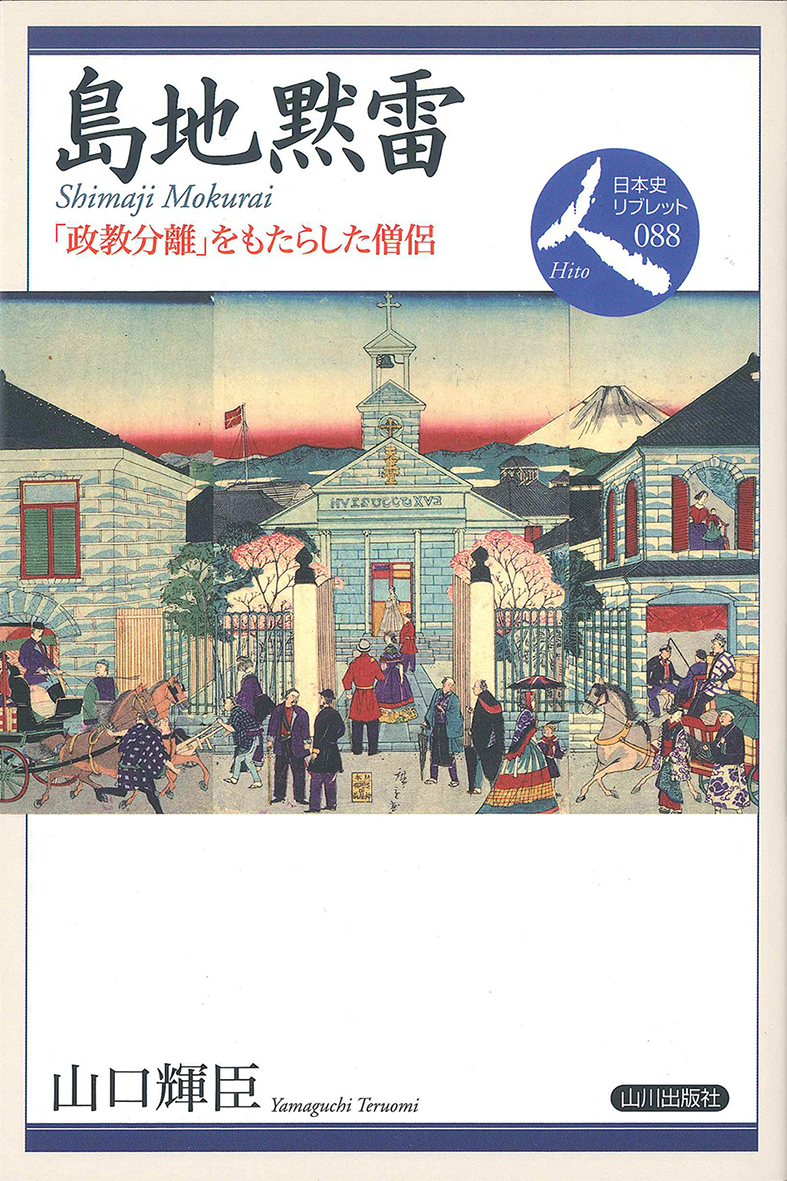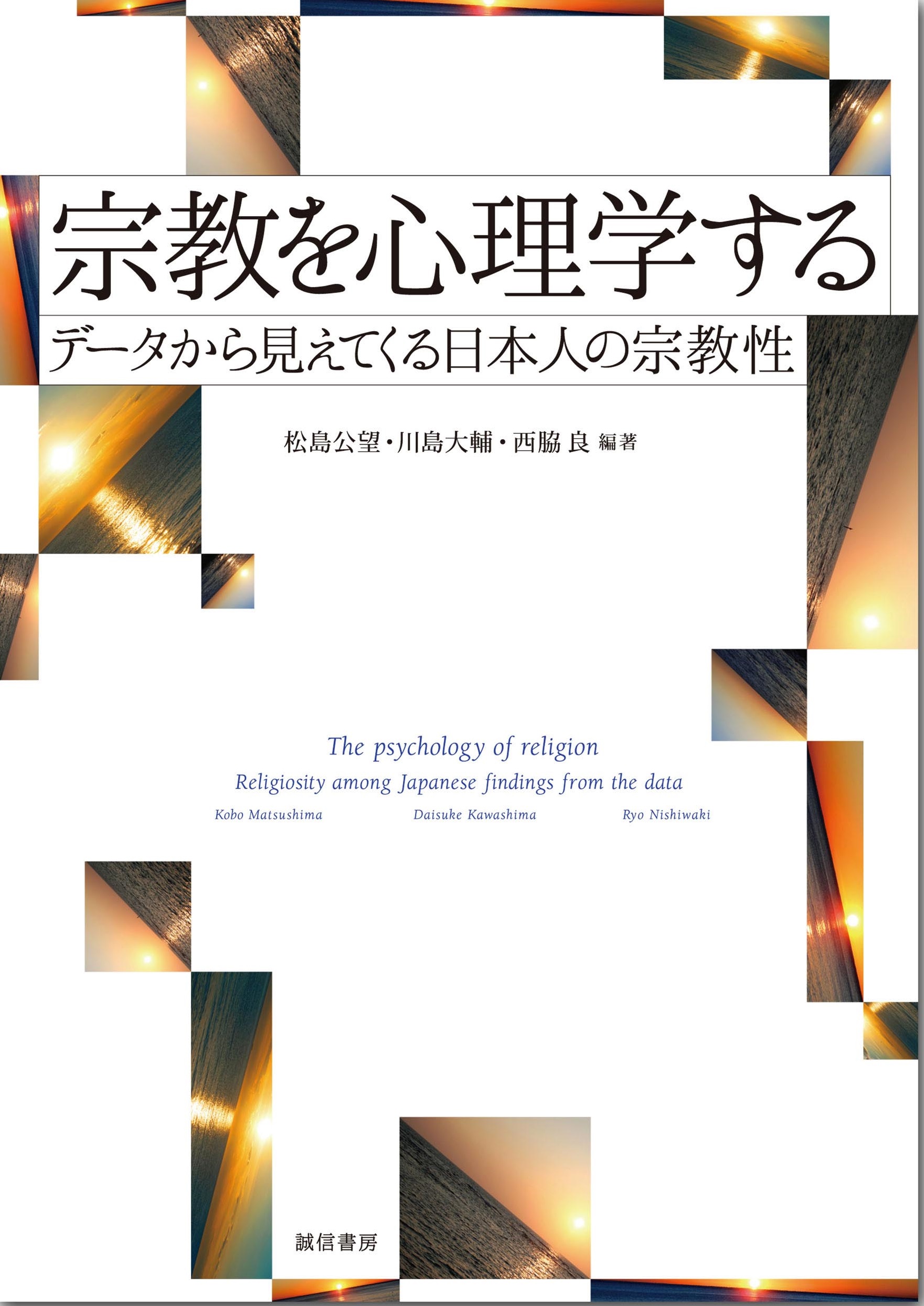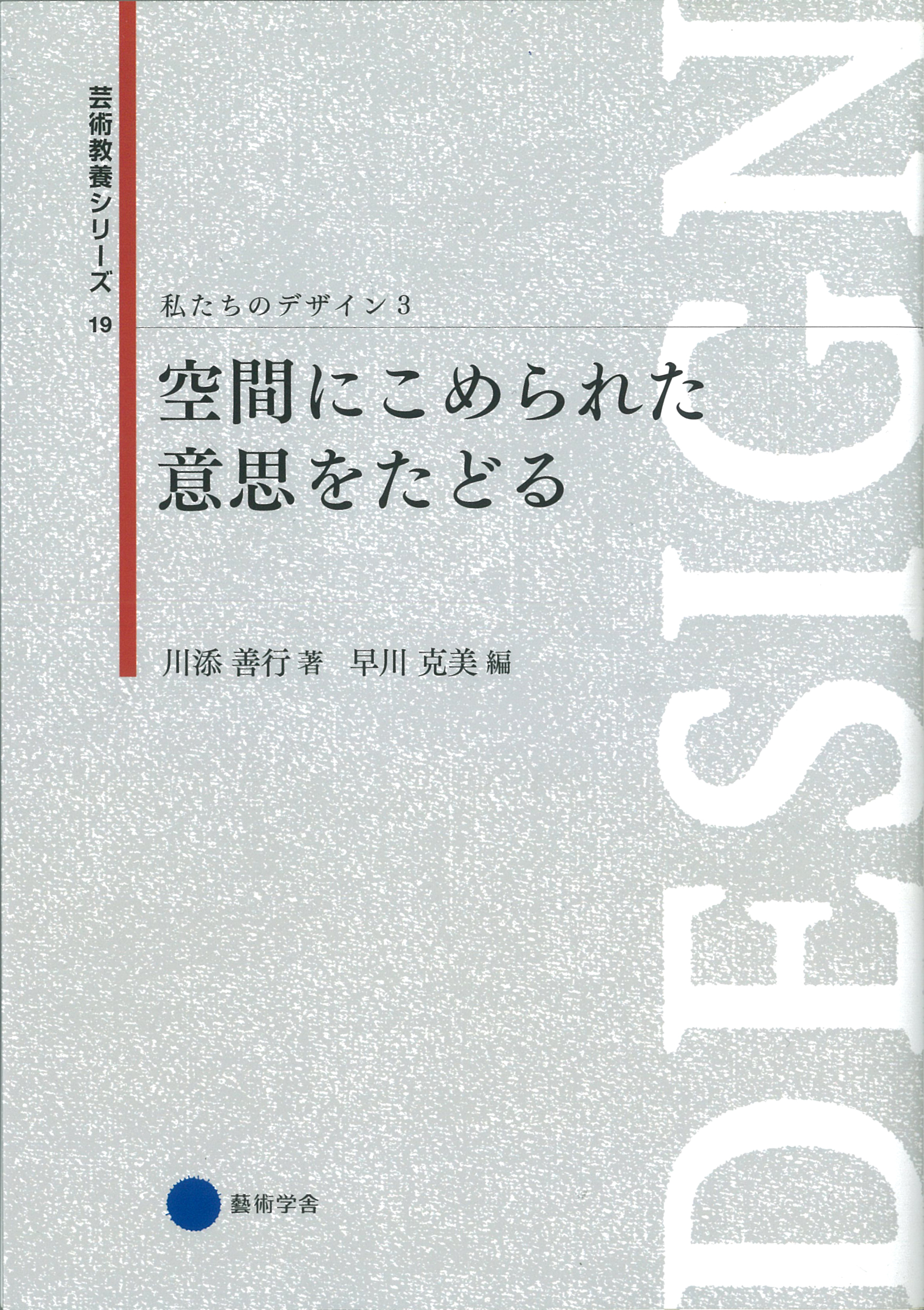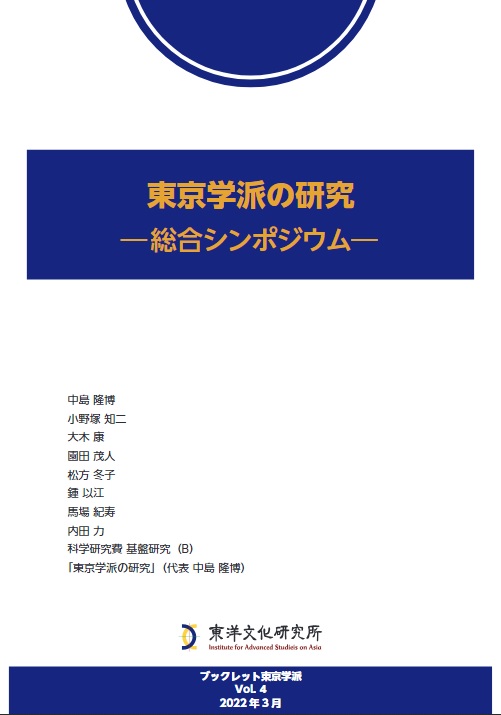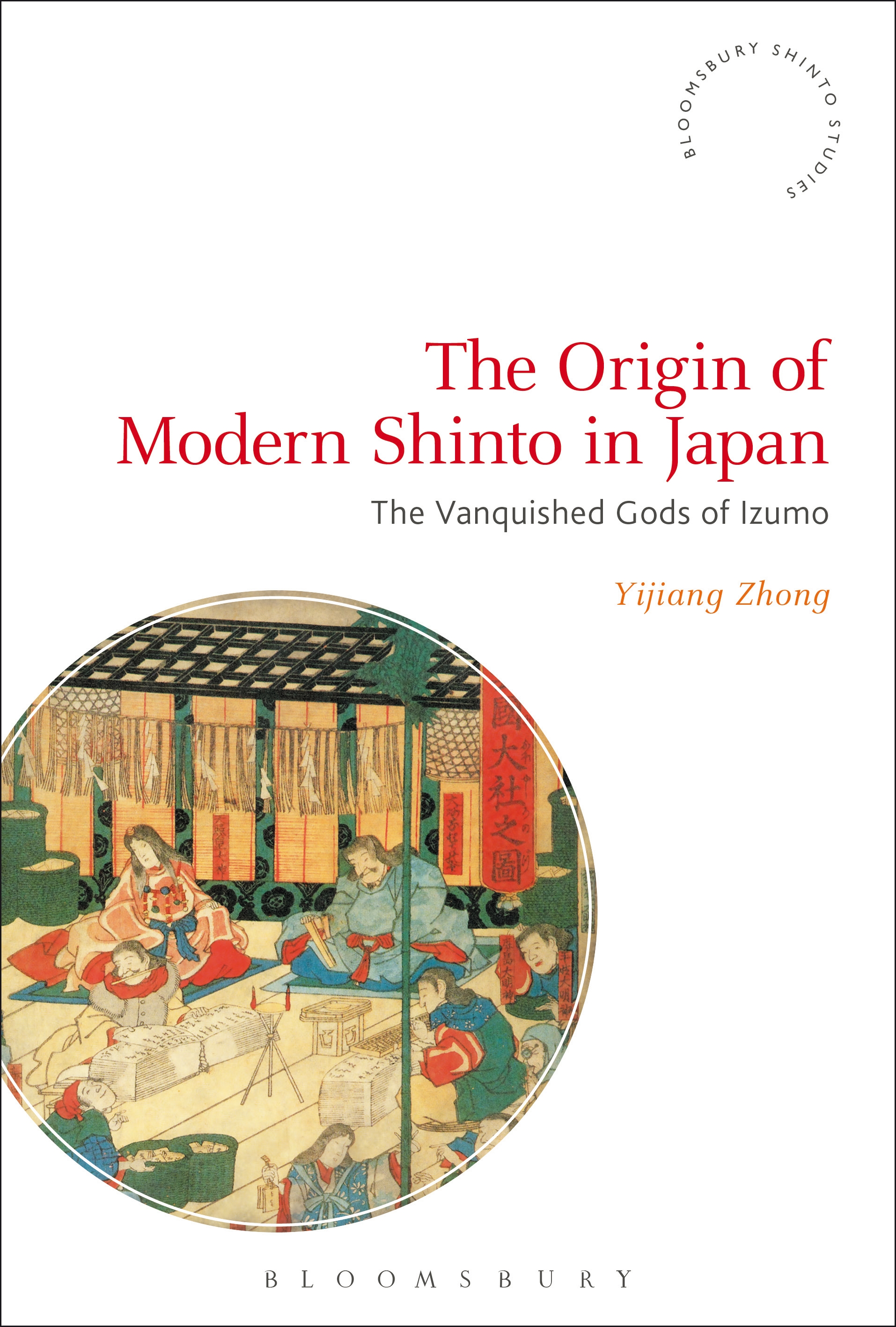
Title
Boomsbury Shinto Studies The Origin of Modern Shinto in Japan The Vanquished Gods of Izumo
Size
272 pages
Language
English
Released
October 06, 2016
ISBN
9781474271103
Published by
Bloomsbury Academic
Book Info
See Book Availability at Library
Japanese Page
The Origin of Modern Shinto: The Vanquished Gods of Izumo analyses the formation of Shinto as a complex and diverse religious tradition in early modern and Meiji Japan, 1600-1868. Highlighting the role of the god Okuninushi or “the Great Lord of the Land” and the mythology centered on the Izumo Shrine in western Japan as central part of this process, the book shows how and why this god came to be ignored in State Shinto in the modern period.
Moving beyond standard narratives of Shinto that affirm the ascendance of the imperial ancestor the Sun Goddess Amaterasu to the apex of the Shinto pantheon, this book re-centers history upon the untold story of Ōkuninushi, story of an alternative creation myth and of an alternative mode of articulating authority in opposition to the imperial authority. This is an occluded history of an Other Shinto that at two key junctures compromised and exposed the contingent nature of the constructions of the divine imperial authority in Japan. Ōkuninushi as an alternative form of authority articulated vs.-a-vs. the Sun Goddess marked the history of Shinto in Tokugawa and Meiji Japan (1600-1912). The mutual constitutiveness of the divine authorities of Ōkuninushi and of the Sun Goddess constituted a dynamic relationship central to transformations of Shinto and deeply implicated in the formation of the modern nation-state. The history of this dynamic relationship constitutes the focus and main theme of this book.
In doing so, Zhong moves away from the traditional understanding of Shinto history as something completely internal to the nation of Japan, and instead situates the formation of Shinto within a larger geopolitical context involving intellectual and political developments in the East Asian region and the role of western colonial expansion. This is the first study that situates Shinto in the historical context of European religious and colonial expansions in East Asia, early modern epistemological and commercialization transformations, and the interactions of the modern category of religion with the constructions of the political authority of the nation-state. By highlighting the erased history of the Other Shinto, a history of contestations between Ōkuninushi and the Sun Goddess, this book reveals how rival constructions of Shinto in the nineteenth century were constitutive of Japan’s incorporation into world history and how the notion of Shinto as the emperor-centered national religious tradition of Japan was historically possible only through subjugating Shinto’s global, heterogeneous, and contesting character represented by Ōkuninushi in the process of nation-state building.
This reconstructed history of Shinto makes a major contribution to the on-going cross-disciplinary discussions on secularization. This study shows that modern political authority was constructed on the basis of the mutually constituting categories of the secular and the religious, rather than on a teleological replacement of religion by the secular nation-state, as described by the secularization theory. This book investigates the process of formulating the distinction of the religious vs. the secular in the construction of the political authority of the nation-state in the Meiji period (1868-1912). It traces how the Meiji government redefined the challenging claims of Ōkuninushi as a Shinto religion (Sect Shinto) and then distinguished it from the nationalized shrine ritual system centering on the imperial ancestor (Shrine Shinto). By so doing, the Meiji state in effect elevated the mythic claims of the Sun Goddess above competitions between private, religious beliefs, thereby constructing the divine imperial genealogy into the formally secular, public, political authority for building the “civilized,” modern nation-state.
The Origin of Modern Shinto in Japan draws extensively on primary source materials in Japan, many of which were only made available to the public less than a decade ago and have not yet been studied. Source materials analysed include shrine records and object materials, contemporary written texts, official materials from the national and provincial levels, and a broad range of visual sources based on contemporary prints, drawings, photographs and material culture.
(Written by Yijiang Zhong, Assistant Professor, Institute for Advanced Studies on Asia / 2018)
Table of Contents
Acknowledgements
Note on Text/Translation
Introduction
1: Resurrecting the Great Lord of the Land, 1653-1667
2: The Month without the Gods, 1600-1871
3: True Pillar of the Soul, 1792-1846
4: Converting Japan, 1825-1875
5: Competing Ways of the Gods, 1872-1889
Conclusion The Izumo Gods, Nation, and Empire
Notes
Bibliography
Index
Related Info
1, Review by Carole Cusack. Alternative Spirituality and Religion Review 8:1 (2017)
https://www.academia.edu/35003586/Review_of_Yijiang_Zhong_The_Origin_of_Shinto_in_Modern_Japan_The_Vanquished_Gods_of_Izumo
2, Review by Mark Teeuwen. Japanese Journal of Religious Studies 44/2: 325–332
https://nirc.nanzan-u.ac.jp/nfile/4637
3, Review: Jolyon Thomas on studies of Shinto, H-Japan (Nov. 14, 2017)
https://networks.h-net.org/node/20904/discussions/837862/review-jolyon-thomas-studies-shinto



 Find a book
Find a book


